
Let's Have Fun With English
The English language is a tricky one, which is why our editors offer helpful writing tips about everything from writing a thesis statement to homophones to capitalization. Though learning English is difficult, there can be some humour in some of the language's common usage errors.
Advice/Advise
Scribendi.com's editors explain the difference between advice and advise.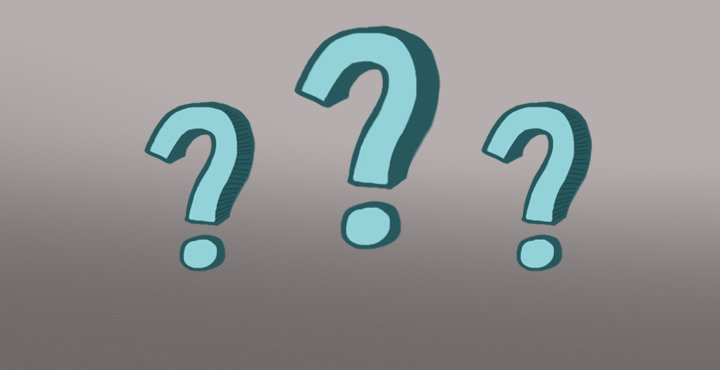
The Question Mark: How and When to Use It
The question mark has a very simple function in writing–it indicates a question. If a sentence ends with a question mark, then it is asking a question, just as the name suggests.
An Example Outline
Writing academic papers is not easy. Sometimes you may have all of the research done, but just can't put pen to paper. If that is the case, you may need to write an outline. This article provides an alphanumeric example outline.
Full Stops: A How-To Guide
If you’re North American, you may be wondering what exactly full stops are—here’s a hint, there is one at the end of this sentence. This is the main function of full stops, or periods: marking the end of a sentence.
Homophone Worksheet: Think You Understand Homophones?
In our article on homophones, we discussed what they are and helped explain the differences between them. Now, it's time for you to try our homophone worksheet to test your homophone knowledge!
How to Write a Research Paper
In our first article of this two part series, we discussed how to research a term paper. In this article, we will discuss how to write a term or research paper.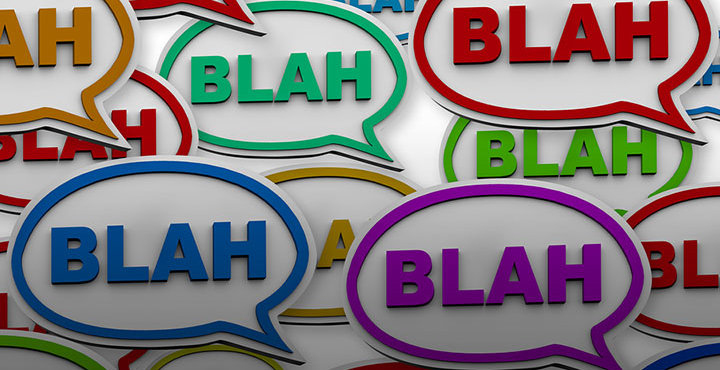
How to Reduce Wordiness
Do you find yourself writing sentences that are far too long? Have you ever re-read a sentence and struggled to finish it in one breath? If so, you may be suffering from something called prolixity, or in laymen’s terms, wordiness. Our editors suggest several ways to help you avoid wordiness and increase quality.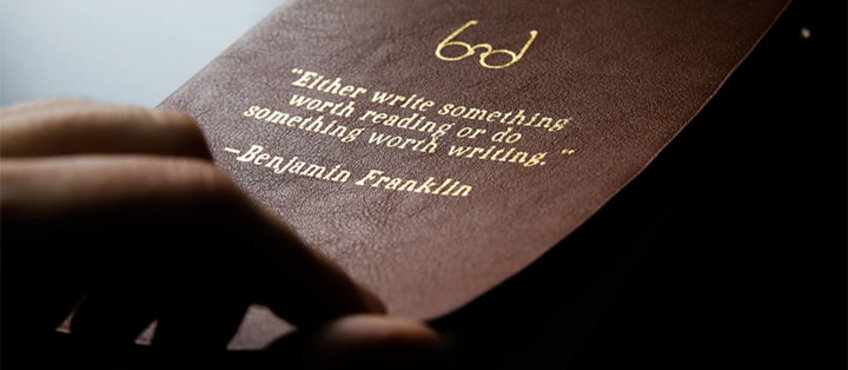
How to Use Quotation Marks
If you thought the first article about quotation marks was a non-stop ride of grammatical thrills and chills, hold on to your hats because part two features even more explosions of grammatical greatness! And now, without further ado, we are proud to present Quotations Marks: How to Use Quotation Marks.
What Are Conjunctions?
Conjunctions are an integral part of the English language. If used properly, they can improve almost any type of writing. Conjunctions help create better sentences. However, using them incorrectly, or not using them at all, can create choppy and incoherent writing. This article will explain what conjunctions are and how to properly use them in your writing.
ESL Writing Tips
You are a professional and are very proficient at academic writing in your first language, but when it comes to translating your work into written English, suddenly you don't know your "ifs" from your "ofs." This is natural in professional ESL writing, because writing in another language is a lot more complicated than speaking it. However, here are some helpful tips to improve your ESL writing.
Using Dashes: En Dash, Em Dash, 2 Em Dash, or 3 Em Dash?
If you’re confused about the various types of dashes and when to use them, you’re not alone. Figuring out whether to use an en dash, em dash, 2 em dashes, or even, gasp!, 3 em dashes can be confusing. Let’s take a look at the different types of dashes and when to use these little punctuation marks.
How to Write a Persuasive Essay
Have you been assigned to write a persuasive essay and don't know where to begin? Our editors explain what a persuasive essay is and how to write one.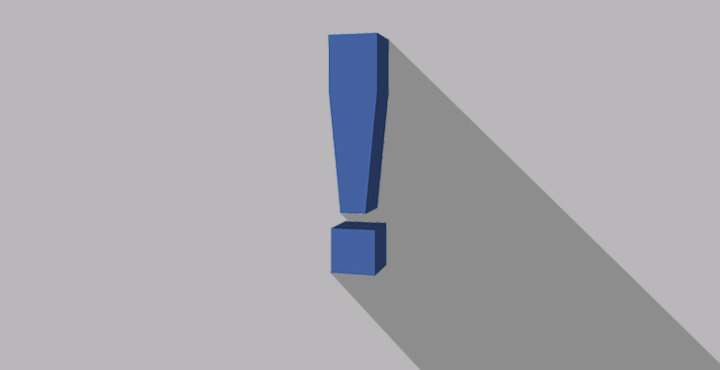
How to Use Exclamation Marks
The exclamation mark is arguably one of the most controversial pieces of English punctuation. Some writers love them; others hate them. The editors at Scribendi.com offer advice on when to use exclamation marks and when to avoid using them.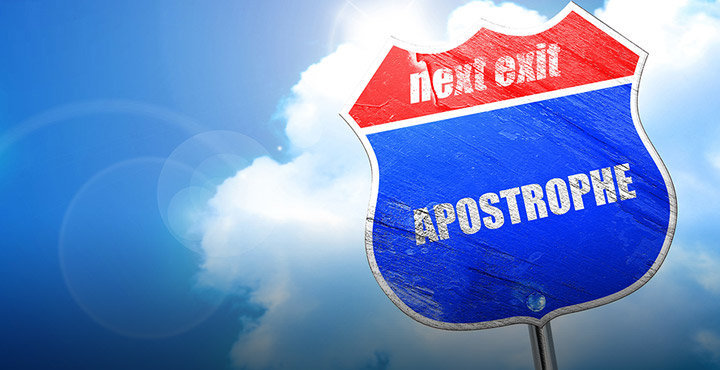
Plural Possessives
Do you struggle with plural possessives? If so, don’t feel bad; you’re not alone! Knowing when and where to add the apostrophe to possessives can be tricky. Further complicating matters is that the correct usage sometimes looks and sounds wrong. We hope that by the end of this article, you’ll have a better grasp of plural possessives and how and when to use them.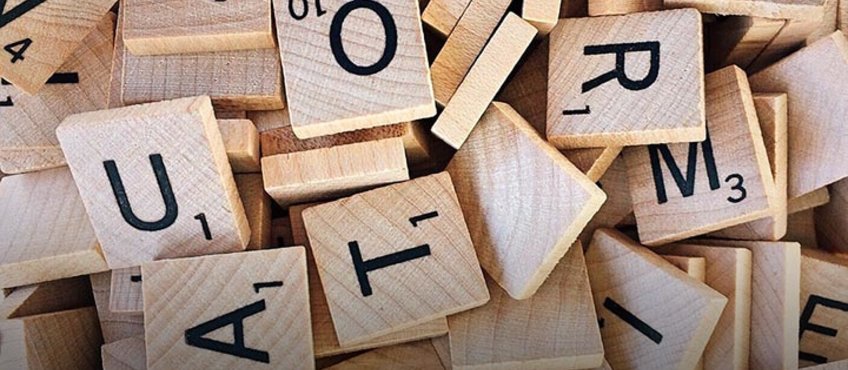
Ligatures: A Guide to their Proper and Improper Use
In writing and typography, a ligature is two or more graphemes that are joined to make a single glyph. More simply put, a ligature is a single character that is created by joining several characters.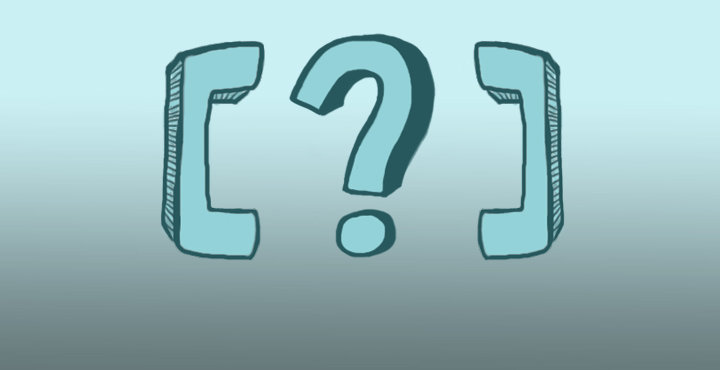
How to Use Brackets
Writers, have you ever found yourselves with a great deal of important information that you want to include in a sentence, but have difficulty finding a spot for all of it? Fitting everything into a sentence can be tricky—this is where brackets are useful. Brackets (parentheses) are punctuation marks used to include information within sentences that is not essential to the main point.







